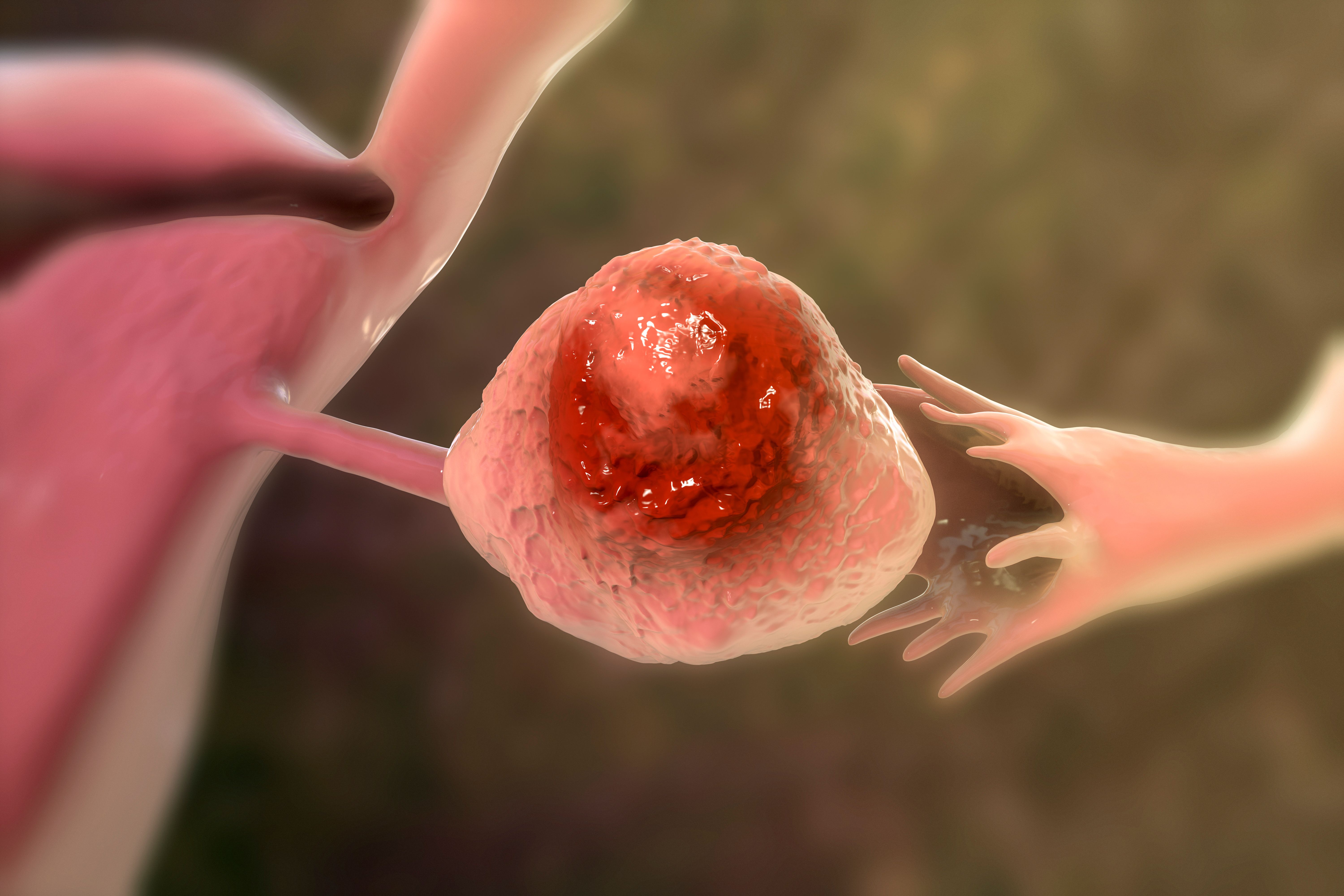Article
CRISPR Holds Promise in Cancer Treatment, but Challenges Remain
Author(s):
In the first keynote session at the ACCC 2023 Annual Meeting and Cancer Center Business Summit, the history of CRISPR genome editing and its potential in cancer and other settings took center stage.
CRISPR genome editing is a game-changing technological advance that earned its founders a Nobel Prize, but this cutting-edge technology comes with logistical challenges and has been the subject of controversy. In the first keynote session at the Association of Community Cancer Centers (ACCC) 2023 Annual Meeting and Cancer Center Business Summit, held in Washington, DC, the history of CRISPR genome editing and its potential in cancer and other settings took center stage.
Keynote speaker Kevin Davies, PhD, founding executive editor of The CRISPR Journal, editor at large of GEN Biotechnology; and author of Editing Humanity: The CRISPR Revolution and the New Era of Genome Editing, Breakthrough: The Race for the Breast Cancer Gene, and Cracking the Genome, took attendees through the development of CRISPR along with progress and setbacks up to the present day.
The presentation also served as a celebration of the 70th anniversary of the discovery of the double helix, which was an essential first step to modern-day genomic sequencing and gene editing technology. Advances in next-generation sequencing (NGS) revolutionized genomic research, making it possible to sequence and analyze the genome in much less time and at a lower cost.
“All these advances in what they call next-generation sequencing were the first glimpses that we had the tools to edit to change the sequence of DNA,” Davies said.
CRISPR technology was inspired by the way some microbes defend themselves by storing parts of DNA from viruses or other threats within DNA segments called CRISPRs. If the threat returns, stored bits of RNA are helped by an enzyme called CRISPR-associated sequence (Cas), which guides CRISPR segments to the invading DNA. CRISPRs, often compared to a trusty pair of scissors, can then target and cut through those DNA sections. This discovery inspired researchers to create CRISPR tools and CRISPR-inspired tools capable of editing human genome, usually with Cas9 enzymes.
“When you cut the DNA, many things can happen. It could either be repaired naturally by the cell—sometimes we want it to repair and literally break up the original sequences, we're trying to disrupt something,” Davies said. "Or we could provide a foreign replacement gene or sequence and have it stitched in there. So that's the basis of CRISPR.”
Several patients with sickle cell disease have been successfully treated with CRISPR using an ex vivo editing approach, and FDA applications may be imminent, Davies noted. In the context of cancer, CRISPR is thought to hold significant potential. While using an ex vivo approach has been successful in the clinic, he added, it is not ideal.
“This is not as easy or cheap, or even scalable procedure, so many experts and physicians feel we've got to move towards a more of an in vivo approach, meaning some sort of injection we could just give directly to the patient that should be easier and much less expensive,” Davies said.
One potential implementation of CRISPR is in the development of chimeric antigen receptor (CAR) T cells. CAR T-cell therapy, which entails reintroducing genetically engineered cancer-targeting CAR T cells to a patient, is a form of immunotherapy that expanded the treatment armamentarium for a number of hematological cancers.
Davies cited a case in which an adolescent girl with a form of T-acute lymphoblastic leukemia thought to be incurable responded well to CAR T base edited cells. Base editing utilizes CRISPR as a sort of delivery system to attach different enzymes that can perform more precise “DNA surgeries.”
“The current estimate is that about 200 patients have received or are currently receiving some form of CRISPR gene editing in clinical trials,” Davies said. “So this isn't science fiction anymore—this is actual, medical fact.”
CRISPR has also been the subject of controversy, Davies said, particularly in 2015 when a team of Chinese researchers edited the genes of a human embryo aiming to make the baby immune to HIV. Other scientists argued that the study was not addressing an unmet medical need and called the ethics of the experiement into question. Utilizing CRISPR in the context of disease treatment does not live within the same ethical gray area as the embryo experiment, Davies noted, because those edits are somatic and do not pass on to offspring.
Despite the astounding possibilities of CRISPR, Davies highlighted concerns surrounding care access and potential disparities due to the high cost of the latest, most high-tech therapies.
“There are still concerns that the potential of CRISPR isn't going to reach all of the patients we want to reach—all the cancer patients, and all of the patients with literally thousands of known, catalogued genetic diseases—who in principle could be treated more or less today, if we had the infrastructure, resources, and money to do it,” Davies said.
The prices of novel and potentially game-changing therapies for cancer and other diseases may be limiting factors for many patients who may benefit from—or even be cured by—these treatments.
“We are in an arms race, it seems, to develop the world's most expensive drug. It's like a badge of honor,” Davies said. While he noted that determining cost is a complex process, it is undeniable that for most patients, therapies that run in the millions of dollars would not be an option.
Logistical challenges remain and further research is needed to determine what the ideal role of CRISPR is in diseases such as cancer, but it is a promising technological advance that Davies hopes will prove an effective tool in a range of disease settings.




